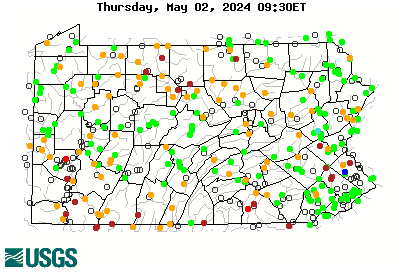Mike wrote:
Eccles is correct regarding the studies. Going back to the late 1970's the range of bait fishing related mortalities for trout in the scientific literature was 40-70 percent and this is what anglers who saw these statistics in magazines and heard them in my presentations tended to cling to. In more recent times, especially in the past decade at least two scientific studies of mortality associated with bait fishing for trout have been published in the scientific literature. The studies specified " tight lining," or maintaining close contact with the terminal tackle and setting the hook as soon as a strike is felt. Delayed mortalities have been less than 10 percent and one was, as stated above, less than 5 percent as I recall. Add to that the results of the recent Bald Eagle Ck study and the more generalized results of the older Spring Ck population study, which showed little or no negative pop effects from all tackle C&R.
What these recent studies show is that if bait anglers are motivated to fish C&R, delayed mortality rates are low enough to have no discernible impact at the population level, meaning fishing will still continue to be good for all anglers. How can this be? Two reasons: inefficiency of fishing rods to detect subtle population changes; compensatory mortality or compensatory survival depending upon how you wish to view it.
There is no doubt that I could have been taught to fish this way for trout as a child. I eventually did so on my own when I decided that I wanted to be more selective in the stocked trout that I was keeping as my creel approached the 8 fish limit. As you can imagine though, given my profession now, I was a highly motivated child angler.






